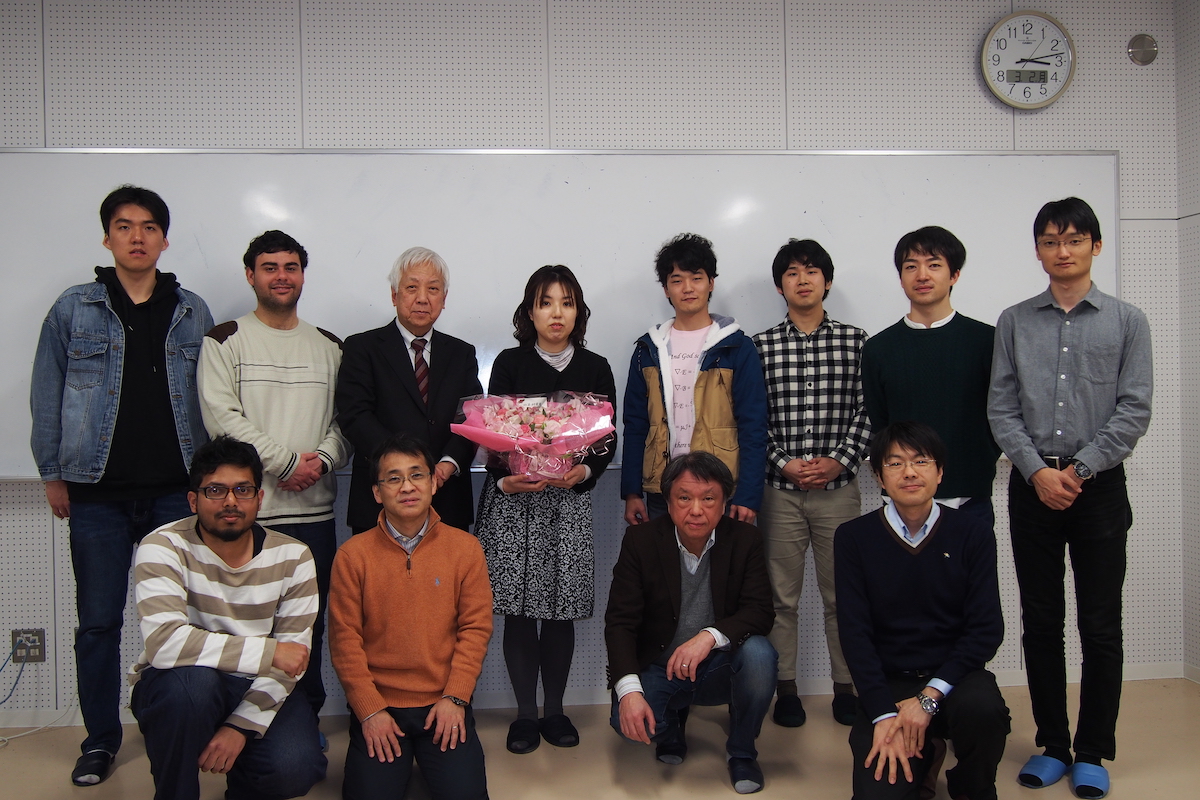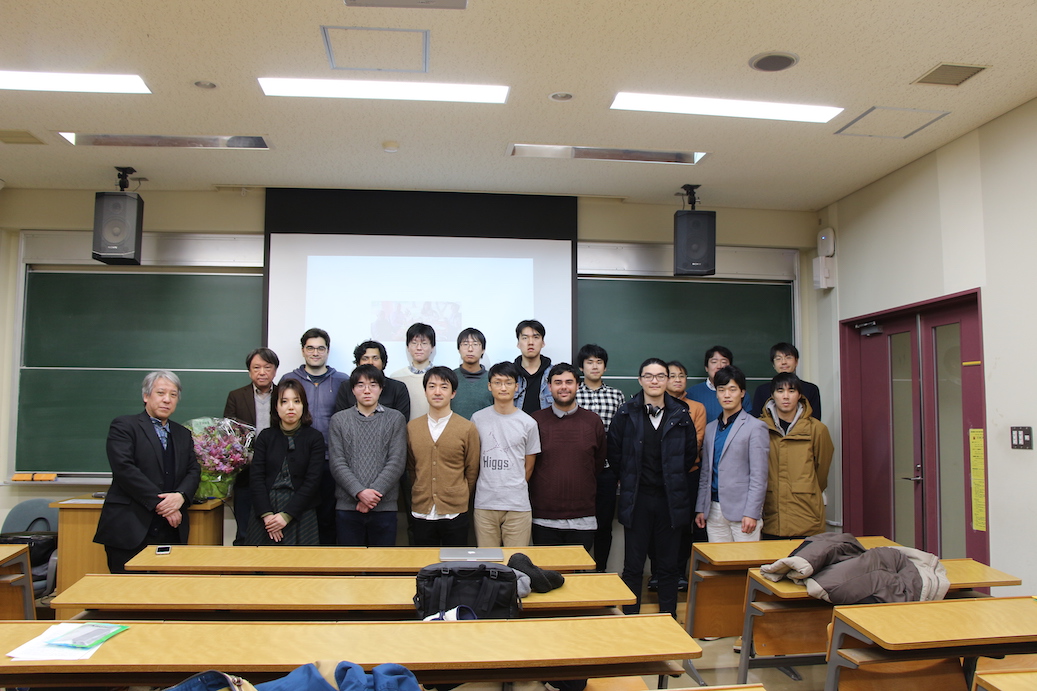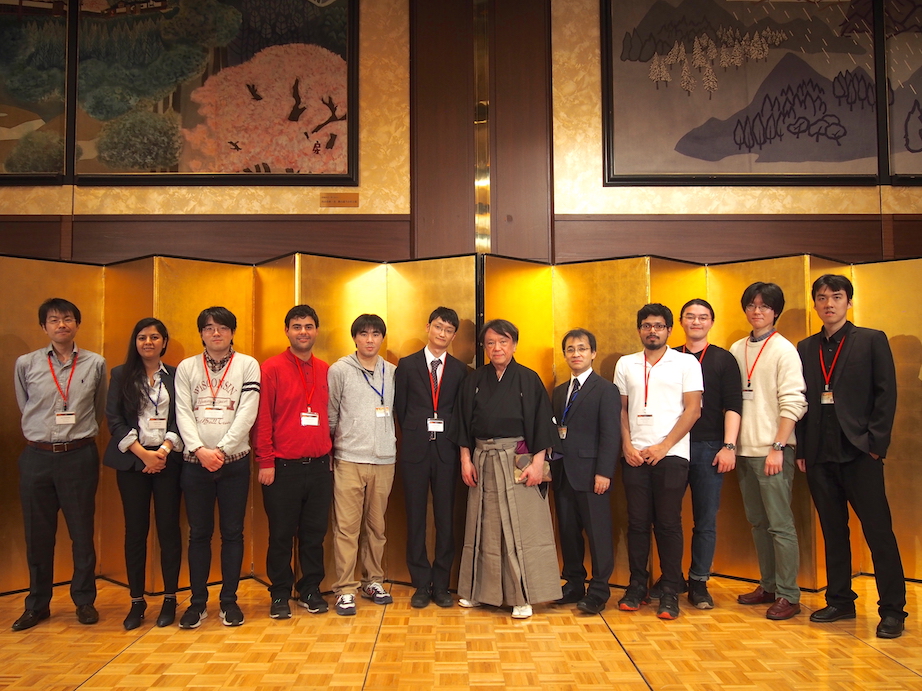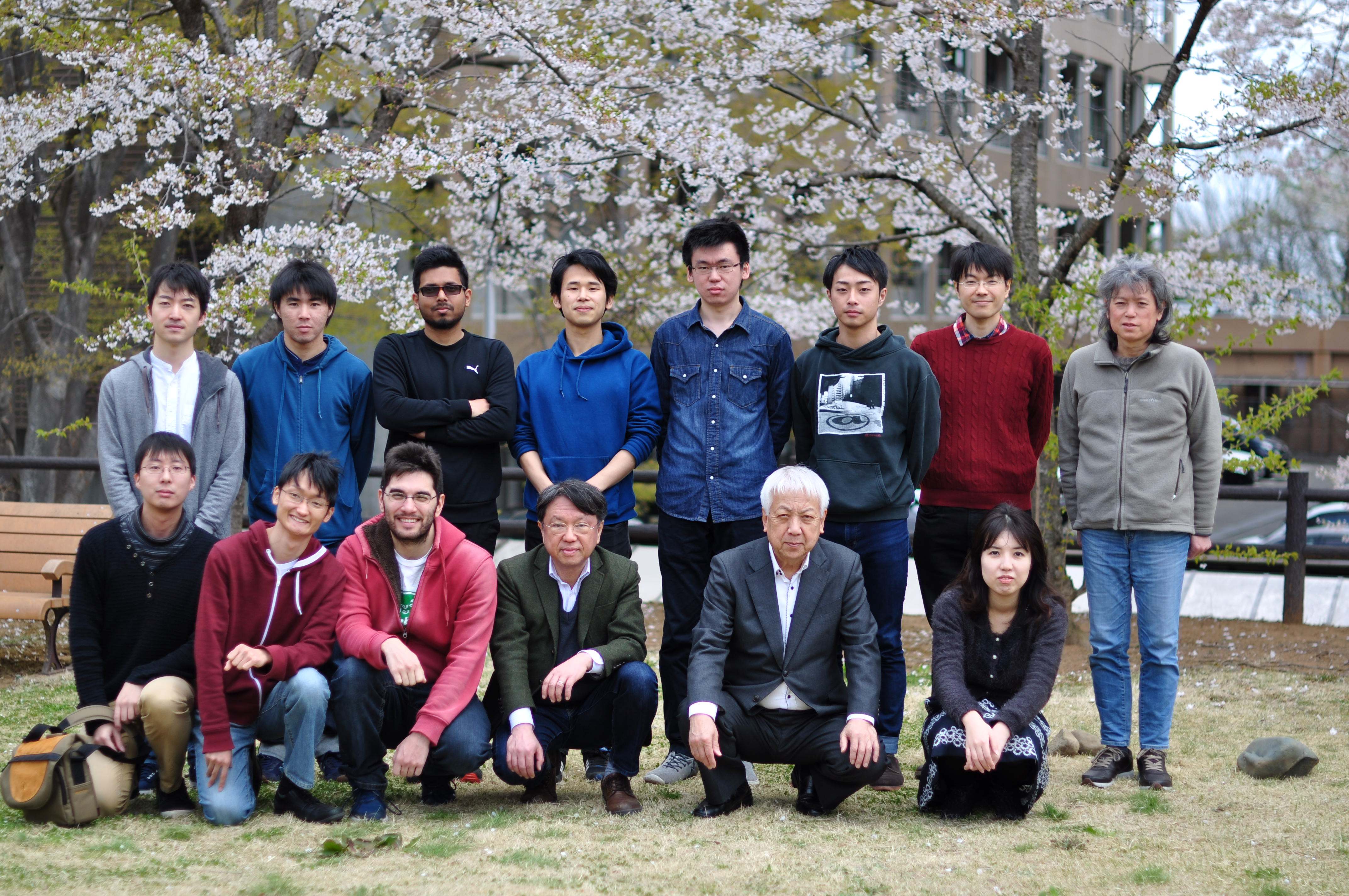Our studies are based on electron positron collider experiments. These colliders oppositely accelerate electrons and positrons to collide at a certain point (so-called interaction point) where dedicated detectors are deployed. Such well-prepared collisions allow us to study unknown particles or phenomena that would unveil new physics. Among several electron positron colliders, our group has been involved in (1) Belle (II) experiment, whose accelerator ((Super)KEKB) has the world's highest beam luminosity with a 3-kilometer rings located at KEK in Tsukuba, and (2) ILC project, whose linear accelerator is 20-kilometer-long aiming for world's highest collision energies as a lepton collider.
Its accelerator is called "B factory" because it creates a huge amount of B mesons. The facility contributed to Nobel Prize for Prof. Kobayashi and Prof. Maskawa by proving their theory. Electrons move faster if you accelerate them but never faster than light. If you continue accelerating (giving energies) to the electrons, their masses get increased (This phenomenon can be understood by Einstein's theory of relativity (E = mc2)). We oppositely accelerate electrons and positrons until their masses become 10,000 times larger and then collide them to produce B-mesons and anti-B mesons. In decays of such mesons, the asymmetry of matter and antimatter, which was predicted by the Kobayashi-Maskawa theory, has been found. In our present universe, matter is dominant over antimatter. We believe this imbalance was caused by asymmetry in a physical law for particles and antiparticles. It turned out, however, that the Kobayashi-Maskawa theory can not be the whole cause of the matter-antimatter imbalance observed in the current universe. In order to investigate additional phenomena that generate matter-antimatter asymmetry other than that of Kobayashi-Maskawa theory, we are making efforts on upgrading Belle experiment where the beam intensity will be 50 times larger.
The ILC will collide electrons and positrons after accelerating until their masses become 250,000 times larger. It is nature of vacuum, the origin of masses and the origin of the universe that we are going to study there. In the Standard Model in particle physics (SM), we consider the vacuum in our universe is full of an invisible, mysterious particle, so-called Higgs boson, and all the particles gain their mass by interactions with the Higgs boson. The ILC will reveal the whole properties of the Higgs bosons to test the SM prediction and can shed light on new phenomena beyond the SM. In order to realize such measurements, we need unprecedented detector performances accordingly. We are working on detector developments with state-of-the-art technologies as well as physics analyses with large-scale computer simulations. The Kitakami maountains in Japan is the potential candidate.
6-3 Aramaki Aza-Aoba, Aoba-ku, Sendai 980-8578,
Physics & Chemistry ground floor Tohoku University Department of Physics・High Energy Physics Group(Belle/ILC)
TEL: 022-795-5730 FAX: 022-795-6729




